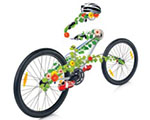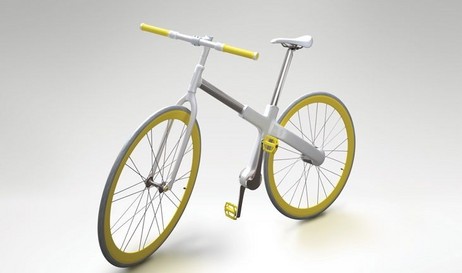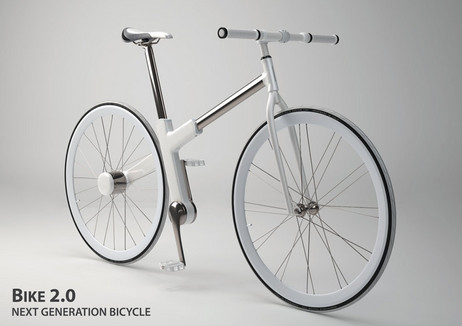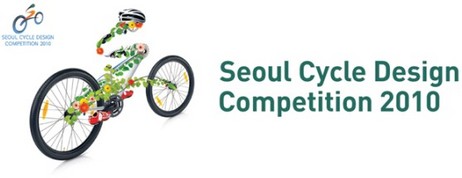On Your Bike with Open Innovation
Published Dec-05-10Breakthrough:
The Seoul Cycle Design Competition 2010 was an international open innovation contest for new bicycle designs that will help Seoul to re-shape its urban environment.
Company:
Designboom and The Seoul Design Foundation, South Korea
The Story:
 In an effort to improve its urban environment with an emphasis on eco-friendly themes, South Korea’s capital city of Seoul has launched a number of initiatives and programs. The Seoul Cycle Design Competition 2010 was an open innovation attempt to help the city set global standards in healthy urban living.
In an effort to improve its urban environment with an emphasis on eco-friendly themes, South Korea’s capital city of Seoul has launched a number of initiatives and programs. The Seoul Cycle Design Competition 2010 was an open innovation attempt to help the city set global standards in healthy urban living.Cycling Benefits
Conscious of the fact that cycling is not only kind to the planet, but it is healthier for the individual and can reduce traffic congestion as well, the contest organizers wanted to engage as many creative brains as possible to come up with imaginative and practical cycling solutions.
The online only contest was divided into three categories; cycle design, cycle fashion and accessories and cycling infrastructure. It was open to every country in the world for anyone to come up with their very best visions of the future of cycling.
The competition was organized by the e-zine Designboom and the Seoul Design Foundation and together they offered $46,000 in prize money.
The response was huge with submissions from 3,078 designers in 88 countries. There were many imaginative and some outlandish ideas including bikes that doubled as shopping baskets, handlebar mounted wind turbines, a sideways bicycle and a bike that is also a raft.
Grand Winner
But the Grand Winner was Bike 2.0, so called because Milan-based designer Nils Sveje considers it to be the next generation of bicycle design.
It may look like a fairly ordinary bike, but closer inspection reveals some key and imaginative differences.
There is no chain; instead the bike has a pedal-powered internal generator that’s wired to the rear hub motor. It has a stepless gearbox to control pedalling speed, brake levers and discs have been replaced by a regenerative coaster brake and two wireless control units on the handlebars replace conventional shifters and set how much you use or charge the battery.
Propulsion comes from an intelligent energy usage mechanism; the bottom bracket-mounted generator creates power and sends it to an in-wheel 500-watt brushless motor.
The lightweight adjustable aluminium frame has in-built lighting and can cater for the needs of different riders; it can be customized with standard bike parts.
Benefit of Seoul’s Open Innovation Contest
Bike 2.0 may or may not see a production line one day, and currently there appears to be no plans to manufacture it, but that does not take anything away from the value of this open innovation contest.
The competition provided a focal point and forum for individuals from all round the world to brainstorm and contribute their novel ideas and concepts, some of which may end up in new bicycle designs and/or provide catalysts for further radical thinking. Only open innovation can bring together such a diverse array of talents to solve a pre-set challenge.
Next Story »



